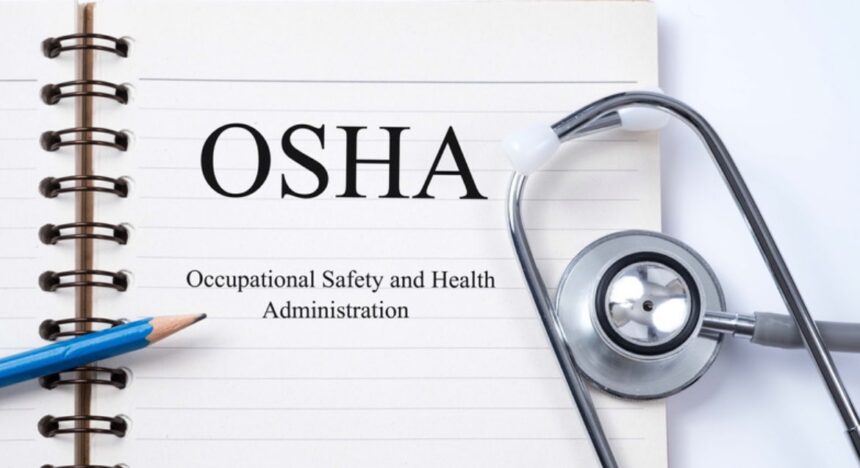Introduction to the Bloodborne Pathogen Standard
The Bloodborne Pathogens Standard (29 CFR 1910.1030), introduced by the Occupational Safety and Health Administration (OSHA), serves a crucial role in safeguarding workers across various industries from the health hazards associated with bloodborne pathogens. This standard extends its coverage to all occupational exposure to blood or other potentially infectious materials (OPIM), encompassing sectors such as healthcare, emergency response, and any other field where workers might encounter these hazards.
Key Components of the Bloodborne Pathogen Standard
Exposure Control Plan (ECP)
The BBP Standard mandates that employers develop a formal Exposure Control Plan (ECP) to either eliminate or minimize occupational exposures. This plan is not static; it requires an annual update to integrate new or altered tasks and procedures impacting occupational exposure, as well as to accommodate new or revised employee roles that carry exposure risks.
Universal Precautions
A cornerstone of the BBP Standard is the Universal Precautions approach. This method treats all human blood and OPIM as if they are infectious. This approach shifts focus from trying to identify and differentiate between infectious samples, thereby ensuring a higher standard of safety and precaution.
Personal Protective Equipment (PPE)
Employers must provide appropriate Personal Protective Equipment (PPE) to at-risk workers. This includes gloves, gowns, masks, and eye protection, and it is imperative that workers understand the correct use and disposal of these items to prevent exposure.
Hepatitis B Vaccination
A significant health measure under the BBP Standard is the provision of a free Hepatitis B vaccination series to all employees at risk of exposure. This requirement underscores the importance of preventive strategies in workplace safety protocols.
Training Requirements
Frequency and Content
Effective training is critical under the BBP Standard. Employees must be trained at the start of their assignment to tasks with exposure risks and annually thereafter. Training sessions should cover the regulatory text of the standard, its implications, and detailed information on the epidemiology, symptoms, and transmission methods of bloodborne pathogens.
Interactive and Comprehensive
Training must be adapted to the educational and linguistic level of employees, potentially integrating interactive components to enhance understanding and retention of information.
Post-Exposure Evaluation and Follow-Up
Immediate Steps After an Exposure Incident
Immediate response protocols are vital. The Standard provides clear guidelines on what constitutes an exposure incident and the steps workers should follow, including incident reporting.
Medical Evaluation and Follow-Up
Following an exposure incident, a confidential medical evaluation and follow-up are crucial. This includes a detailed account of the incident, documenting the exposure route and the specific circumstances involved.
Record Keeping
Medical Records
The BBP Standard requires that medical records for employees with occupational exposure be maintained during the duration of employment plus 30 years thereafter, emphasizing the long-term commitment to worker health and safety.
Training Records
Training records should be retained for three years from the date of training, ensuring that information is accessible for reference and regulatory compliance.
Conclusion
The Bloodborne Pathogens Standard is not merely a regulatory requirement; it is a vital component in the protection and maintenance of health and safety in the workplace. Compliance with this standard is not just a legal obligation but a moral one, safeguarding employees from life-threatening risks associated with occupational exposures. For further information, employers and employees can access the full text of the OSHA standard and additional resources to develop a robust Exposure Control Plan and ensure comprehensive training and compliance strategies.
For questions regarding Bloodborne Pathogen Training, Exposure Control Plans, or an OSHA Safety Program as whole for your healthcare facility/practice, contact the experts at MedSafe. MedSafe is the nation’s leading one-stop resource for outsourced safety and health compliance solutions in healthcare.
Toll-free: (888) MED-SAFE
Email: contactus@medsafe.com
www.medsafe.com


Leave a Reply